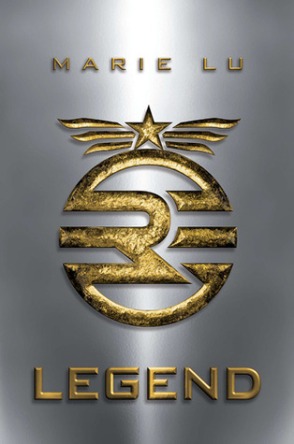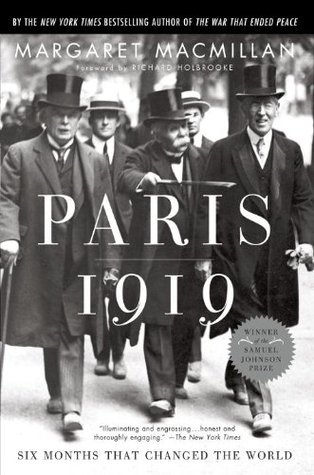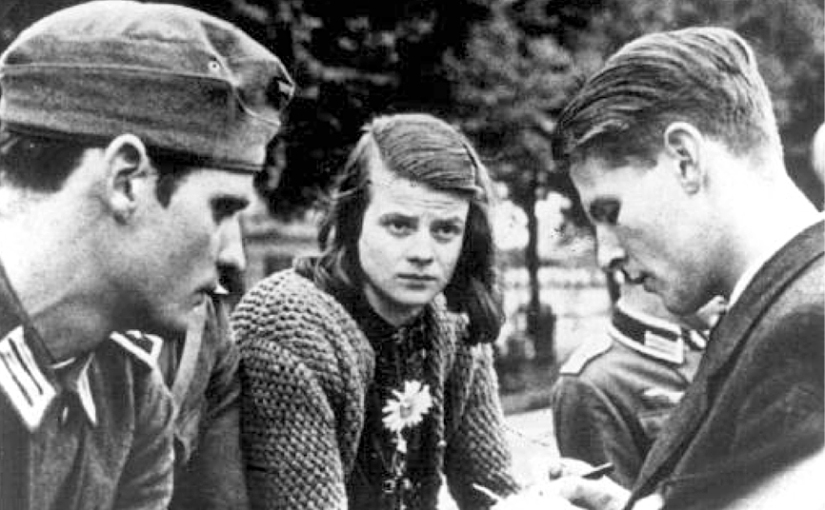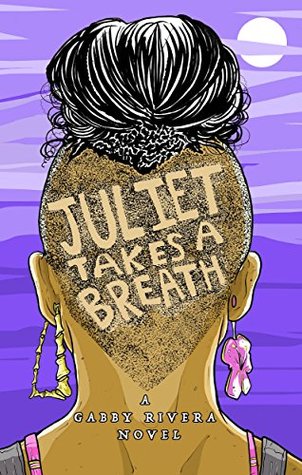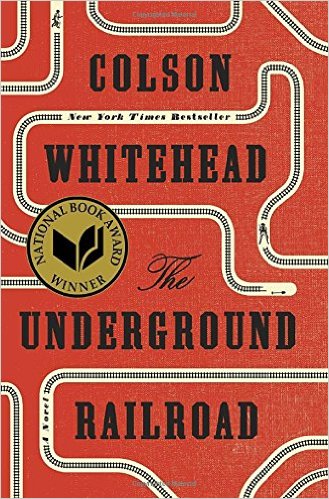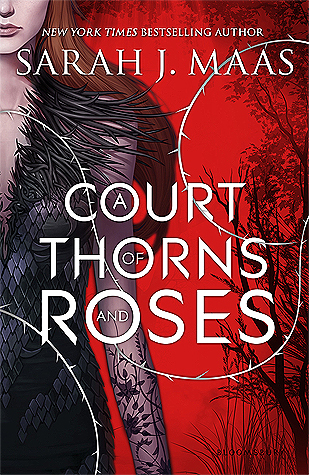I remember when we first got dial-up. I used to race down the stairs on weekend mornings and boot up our old computer. It would tingle a little as it turned on, as if shedding static cobwebs. I’d carefully remove the ethernet clip from the phone, pressing down the plastic top firmly and not letting go until I nestled it into the back of the computer. Knowing I’d have to remove it when my parents woke up, I’d load up seven chapters of whatever Fictionpress book I was reading and settle in. Back then the internet was unexplored territory. Commercials with rippling text– y’know the late 90s when the text sometimes looked like it was made of slime?– would warn parents to watch their kids. People from all around the world would connect, comfortable in their anonymity. Anyone could do anything!
Then it transformed from unknown to the best tool known to man. The internet solved everything, or so the predominant wisdom at the time went. I remember those heady tech-utopian days when hate rhetoric seemed relegated to a dark corner that barely invaded our collective peripheral vision. There were no articles about how dictatorships could use the internet to reinforce their hold on nations or put out so much content it became difficult to wade through it and separate fact and fiction. There were no think pieces on how the internet village separated us into further categories– the internet was solely a means to freedom and education. It was the universal village! We could talk to anyone in the world.
Nowadays we don’t think of the internet as one big party. We even have internet specific terms for groups, and some of the groups have peeled themselves from internet forums to begin affecting our conversations, and policy, in real life.Perhaps the one holdover from the old unexplored days is the notion that “the internet is forever,” something even more terrifying when we consider what the shifting alliances or group loyalty on the internet can do to people’s lives. One tweet, one blogpost, one video gone viral and you’re an international joke, sometimes luckily and sometimes not. No doubt, not every viral bit stems from naivete or poor wording. There’s a certain thrill to the schadenfreude of watching the bully get punished, but what about the person who stumbles? And what happens afterward?
Jon Ronson’s book So You’ve Been Publicly Shamed examines exactly that. In it, he speaks with several people who’ve experienced public shaming for online, or sometimes offline, errors. Like many of us, Ronson had participated in an online dragging before. Getting credit for a witty riposte or covering your relief you avoided censure with a sheen of schadenfreude when someone else falls into the same pitfall. He remembered when the internet made us all Davids against the Goliath of corporations*. How public shaming could punish the deserving. But what happens when the person we’re ostracizing or shaming has a face?
My third year of college I enrolled in a course on Public Policy. Among other books, we were assigned “How we Choose” by Jonah Lerner. I loved the book, in a sea of dense academic texts “How we choose” offered learning wrapped in effortless diversion. Imagine my surprise when I learned that Lerner had been famously disgraced by a journalist with a deep love for Bob Dylan. In a flash, Lerner went from pop science superstar to pariah. Michael, the journalist? He gained little money and little recognition for his investigative work.
Over the course of the book, Ronson met many times with Jonah Lehrer. He talked with him about shame, fear, depression and, later, about how Lehrer nurtured hope for a chance at redemption. Then, he was offered that chance: A speech at a well-known journalism conference. But when he appeared at the conference, still shaky and half-filled with loathing, he wasn’t just giving a speech to a small room. The entire world was watching. And the room? They were watching the world react on Twitter from a screen right next to Lehrer’s head. By and large, Twitter was not forgiving.
As I read about the backlash, I couldn’t help but remember an article I’d read some time back about this phenomenon. The article, titled “Exiting the Vampire’s Castle” was British writer Mark Fisher’s lament about online culture. I can’t say I agreed completely with his propositions, but So You’ve been Publicly Shamed re-etched one idea in particular from Fisher’s article:”The Vampires’ Castle specialises in propagating guilt. It is driven by a priest’s desire to excommunicate and condemn, an academic-pedant’s desire to be the first to be seen to spot a mistake, and a hipster’s desire to be one of the in-crowd.” A chill descended upon me as I read this. I’d never be brave enough to admit I’d seen this.
I’d watched this happen when Carve the Mark, the latest book from Veronica Roth came out. The book community divided over Carve the Mark. ARC readers reported racist tropes and, after reading their reviews, a number of members called for a boycott and declared consumers of the book racist. Another group disagreed. They asserted that simply reading did not equate to virulent racism**. They accused the first group of a form of social censorship.
A member of the first group, LL McKinney pointed out that customers drive the market. If we support books with harmful representation and ignore more diverse voices, we’ll continue getting the same narratives over and over again. She added the publishing industry, even as it embraces “diversity” still gives space to predominantly white authors. Eventually, the author broke her silence to rebut some of the claims. The language of the warlike group wasn’t based on North African/Middle Eastern languages but on Romanian and Hungarian. They also weren’t universally dark skinned. Francina Simone entered the conversation with an amazing video dissuading people from grouping people together without examining actions and literature. Simone spoke at length about her concern with the discourse surrounding Roth and book reading. Not only did the conversation move quickly away from the art in question, but it also took a great deal of time from promoting better books.
During the video, Simone decried tendencies to engage with people making honest mistakes and “trolls” in the same manner. “I want to dismiss that unless you’re being rude and angry about shit, you’re being passive,” Simone continued. Like in the Vampire’s Castle, I watched people launch into defense or attack to gain hearts on twitter from their carefully defined ingroup. Voices who had previously been accepted in the same community who disagreed were immediately jettisoned.*** Time and time again, more attention was given to the first person to spot something wrong, qualities of virtue were ascribed to those who called for swift punishment, and belonging was gifted to those who went along. The Vampire Castle sucked positivity from the air.
Achieving a balance between acting on positive change and reacting to negative conditions is difficult. When Jonah Lehrer gave his speech, many people were cynical of his intent. They were concerned that his reentry might affect the validity of the genre as a whole. They were skeptical of his suffering. After all, he was paid for the appearance, and his sometimes questionable word choice elevated instead of humbled him.
Before gave his speech, and before Ronson started investigating thoroughly the stories, and options for redemption of the recently shamed, he relayed Michael and Jonah Lehrer scoop to a theatre director at a party. Instead of reacting with curiosity or laughter at Lehrer’s fate, the man shivered. “It’s about the terror, isn’t it?…The terror of being found out.” It was then Ronson, as he inexplicably shivered too, he had a realization. He wrote:
“I had leapt into the middle of the Michael/Jonah story because I admired and identified with Michael. He personified citizen justice, whereas Jonah represented literary fraud in the pop-science world. he made a fortune corrupting an already self-indulgent, bloated genre. I still admired Michael. But suddenly, when the theatre director said the words ‘the terror of being found out’, I felt like a door had briefly opened before me, revealing some infinite horror-land filled with millions of scared-stiff Jonahs. How many people had I banished to that land during my thirty years of journalism? How truly nightmarish it must have been to be Jonah Lehrer.”
I can’t say I have any answers about how we should proceed on the internet. I can’t even tell you I know for certain where the lines between Righteous Justice and Vampire Castle begin and end. I can only offer more questions: In this atmosphere, how do people who have made mistakes achieve redemption? Can they? Should they? If so, when? What does it mean if we create groups force strict in-group/out-group rules? When anger becomes currency, how do we spend it? Are we the citizen justice or another fraud waiting to be outed?
*How corporations have learned to use technology now is another topic worth exploring. I shall do my best to resist here since it’s not the point, but just know that I wanted to write about it.
** I should note here that many of the conversations did not consider racism as a matter of degrees but created a dichotomy. Another conversation worth having about how we frame racism and how smaller acts link to larger ones. But, again, off topic.
*** Like Simone, I am not attempting to tone police anyone. Even typing thisI’m afraid of some backlash. I doubt this will get any attention (in the scheme of things I’m not very important), but I still worry. In my time online, I’ve watched people bullied for a less than this. All it takes is one person with a lot of followers to assign new meaning or reframe. To be clear, I am not attempting to censor anyone who has expressed anger or discomfort while on the internet. I am not asserting dog whistles and other similarly shrouded negative sentiments aren’t shrouded in more acceptable language. My only intention is to express some concern with how dynamics, like the Vampire’s Castle, might encourage us to be cruel, to gloss over nuance or context.
Also, you read all of this?! Holy shit. I’m impressed. Thanks for caring about my tiny blip of word nonsense in the vast ocean of internet entertainment.




